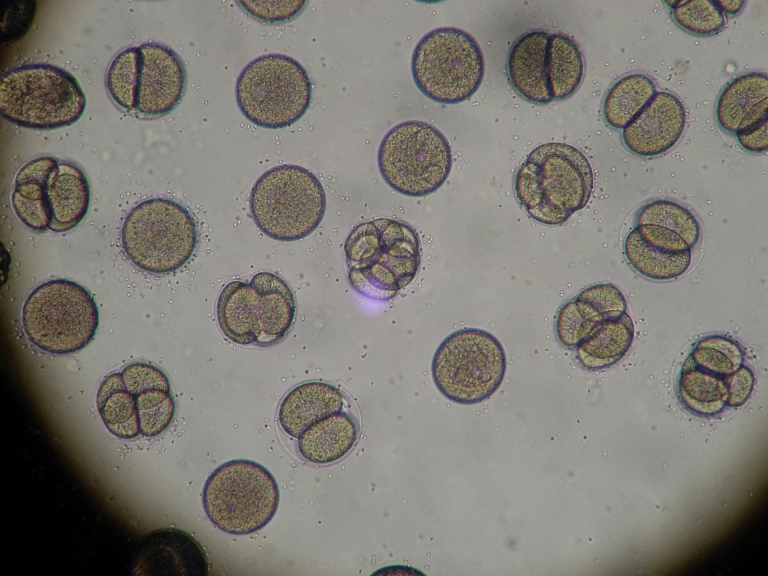
What happens to excess embryos following assisted reproduction treatment?
When in vitro fertilisation treatment commences, one of the aims is to try and achieve an appropriate number of good quality embryos in the laboratory so that the best ones can be selected and transferred. Whilst the Spanish law on assisted reproduction (Law 14/2006) permits transfer of a maximum of 3 embryos per cycle, progress in techniques has meant that transfer of just one good quality embryo is now standard practice and sufficient for a good chance of success whilst minimising the chances of a multiple pregnancy. This is why there are usually ‘excess’ embryos with a favourable morphology and development at the end of a cycle. What happens to them? The available options include:
- Storing them for future use, whether this means a new cycle or the current one if it does not end favourably, or further down the line if the couple wishes to try getting pregnant again.
- Donating them to other couples
- Donating them to research
- Bringing preservation to an end
The maximum permitted period for embryo cryopreservation at an assisted reproduction clinic is until the woman’s childbearing age has ended (in Spain, this has been established as 50 years of age) or until she is advised against getting pregnant.
Before embarking on in vitro fertilisation treatment, it is important that patients are aware of the possibility of excess embryos being generated so that they can choose how they want them to be used. Likewise, if for whatever reason the patients do not wish there to be an excess quantity of embryos, the medical team can take preventive measures in order to limit their number.
Once the clinic has provided a detailed explanation of the different options that are available for the excess embryos, the woman or couple must sign an informed consent form authorising the selected option. If the decision is taken to preserve the embryos so that they can be used later on, this decision can be confirmed or changed each time consent is renewed.
